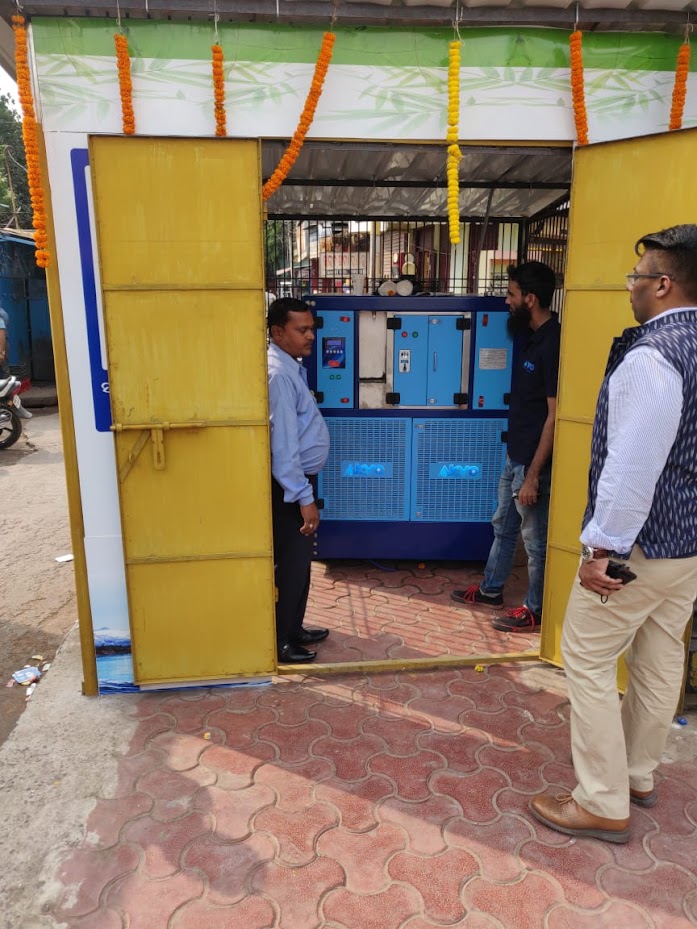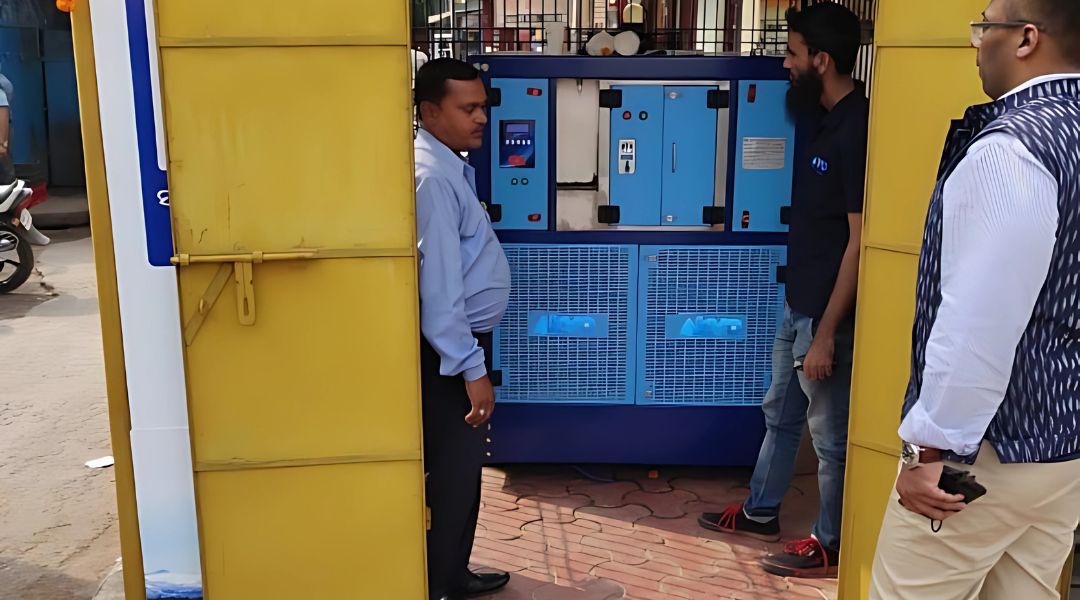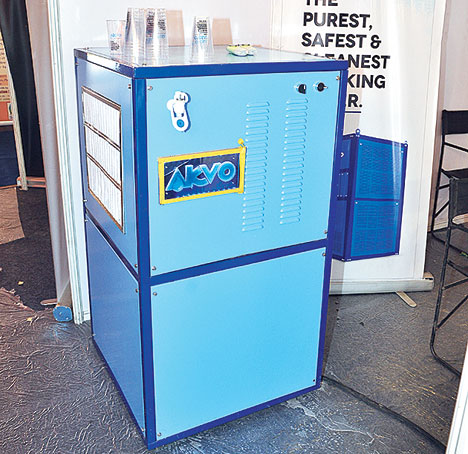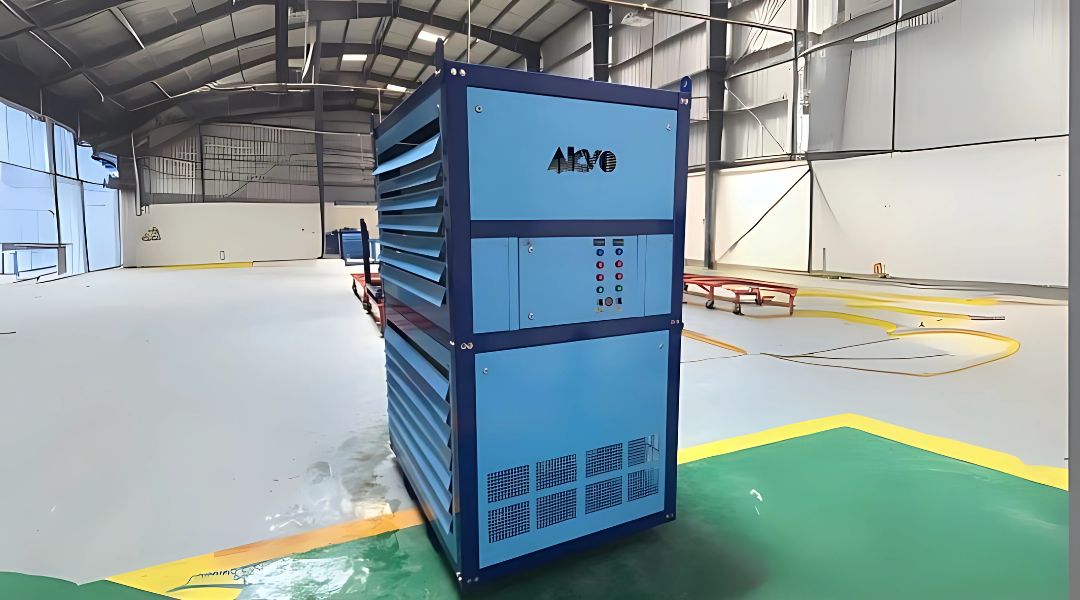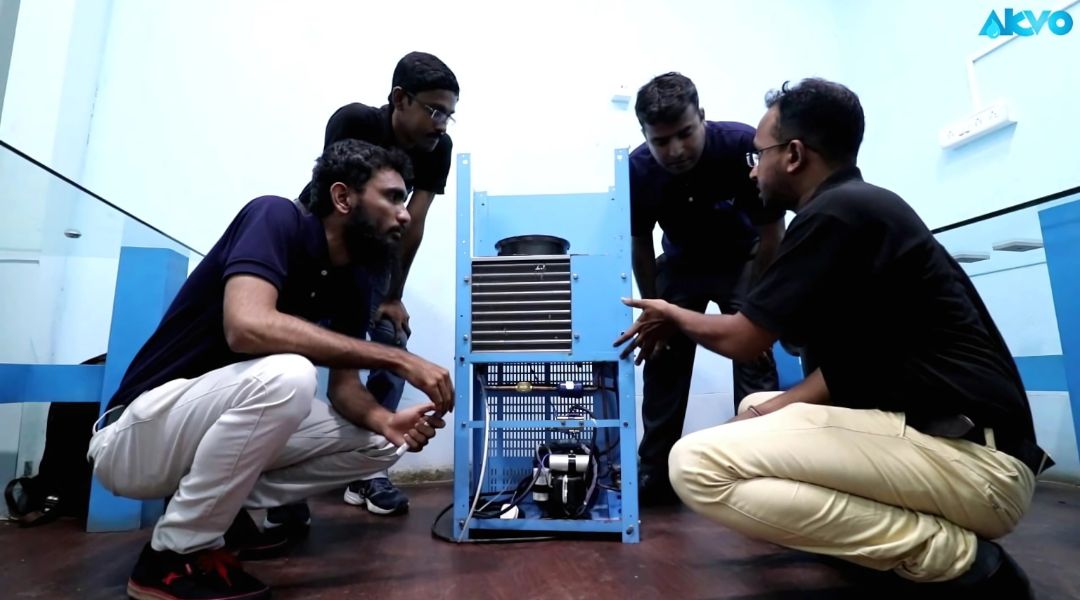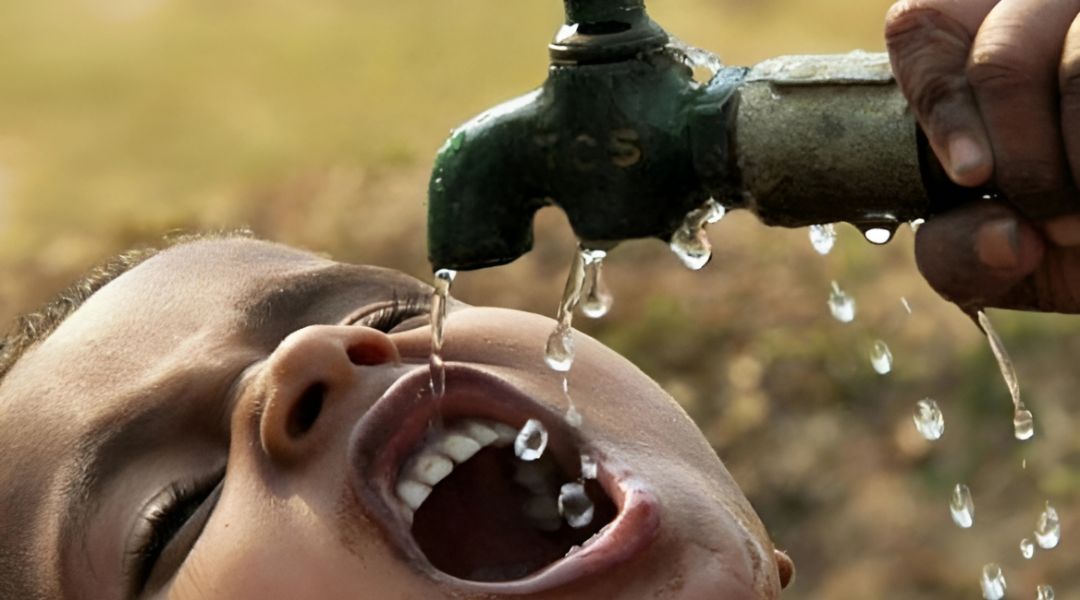Use of atmospheric water generators picking up slowly
KOLKATA, OCTOBER 9: With the impact of climate change making ground and surface water scarcer, companies are looking to tap the atmosphere that holds 37.5 million billion gallons of water.
This is higher than the approximately 32.6 million billion gallons of fresh water (the rest locked up in ice-caps and glaciers) present on earth.
The Technology
Mumbai-based WaterMaker (India) Pvt Ltd, Kolkata-based AKVO and Hyderabad-based Skywater Pvt Ltd, for instance, have set up atmospheric water generators (AWG), to condense the moisture in the atmosphere into water. The water is then filtered and purified through several filters, including carbon, and reverse osmosis, and UV sterilisation lights to get rid of impurities and heavy metals to produce pure drinking water.
Lukewarm demand
While the concept is not new globally, particularly in the US, Europe and Middle East, the technology, which works well in coastal areas where humidity is high, is yet to achieve scale in India.
WaterMaker, which is among the first few Indian companies in this segment (commencing operations in 2005), manufacturing AWGs of capacities ranging from 120 litres to 5,000 litres a day, admits that the demand has been lukewarm in India.
Of its total sales of 3,000 units worldwide, only about 50 units have been sold in India till date.
“The scenario is changing slowly and steadily, with people becoming more conscious of the environment,” Meher Bhandara, Director, Waterworks, told BusinessLine. Companies, which were initially focusing on industrial units, are now looking to tap the household segment.
AKVO, a unit of Kolkata-based Trishan Exports Pvt Ltd, which recently entered market, has come up with a prototype for household segment with a model capable of producing 40 litres a day, priced between ₹30,000- 40,000 per unit, Navkaran Singh Bagga, director, AKVO, said.
Cost factor
A senior research scholar at the School of Environmental Studies, Jadavpur University, cautions that the contaminats in atmospheric water could be high, particularly for a country like India, which has a dense population.
“Atmospheric water has to be treated properly as it is loaded with heavy metals such lead, mercury and cadmium among others coming from industrial activity, vehicles, etc,” he said.
This explains the high capital cost of owning such machines.
While an industrial AWG of 1,000 litres a day capacity could cost upwards of ₹1 lakh, a domestic unit with a 40 litres a day capacity costs between ₹30,000-40,000.
This apart, the average cost of electricity consumed for a 40 litres/day machine works out to be close to ₹56 a day or ₹1,680 a month.
A reverse osmosis machine costs in the range of ₹15,000–25,000 and entails an additional annual maintenance cost of ₹3,500-4,000. However, for every litre of pure water produced using RO technology, close to four litres are wasted.
The average cost of a mineral water dispenser works out to be ₹600-700 a month (considering a family of four consumes about 360 litres a month for drinking). The capital cost (one-time cost of acquiring a dispenser) is approximately ₹150.
The success of the AWGs will, therefore, depend upon the pricing and efficacy of the product.
(This article was published on October 10, 2017)
